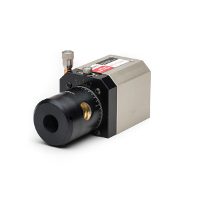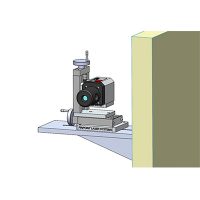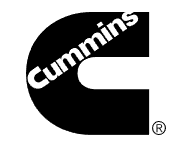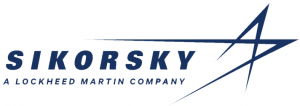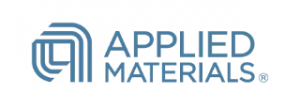Machines elements and components must operate in the proper orientation to maintain operational efficiencies and produce accurate parts. Ensuring the accuracy of today’s high-performance machine tools often involves measuring squareness between two perpendicular axes.
Errors in machine squareness can degrade performance, lead to wear and tear, and cause structural problems within the machine. Additionally, such errors can result in production crashes. Even a slight deviation in squareness can affect the workpiece’s ability to reach its correct position, compromising the consistency of parts produced to specification.

What is squareness?
Squareness refers to the geometric relationship of a surface, raial, or component relative to another, forming a right angle. Many machine tools rely on the squareness between moving tables, slides, or tools to produce square parts or features. In other applications, the squareness of the main slide to a column or a second horizontal slide is important for accurate operations as is checking the squareness of columns, gantries, and cross bridges.
Squaring a machine tool requires comparing the angles formed by the surface or lines against a reference square. The resulting measurements indicate any deviation from the required squareness, allowing for appropriate corrections.
How is it measured?
Traditional hand tools, such as machinist squares, jigs and fixtures paired with precise dial indicators, have been used to check machine tool squareness. However, these methods are cumbersome and time-consuming. Although electronic squares and optical instruments are available for measuring angular displacements, they have limitations when applied to larger machines.
A laser alignment tool is quick, easy and highly accurate method for measuring squareness. It eliminates the need for continuous manual intervention, reducing human errors and saving time. Laser tools can measure displacements as precise as 0.0001” (2.5 microns) over distances of 100 feet or more, and check squareness to within 2 arc-seconds or better making them suitable for checking larger machines and gantries. The output can be displayed or downloaded into software to make automatic calculations.
How Laser Alignment works
To measure the squareness of a machine tool, the laser alignment system projects a straight reference beam down the length of one axis on a machine tool. A digital receiver measures the precise X-Y position of the laser reference beam to the machine table. The readings guide the adjustment of the laser beam until it is equal at two defined locations, indicating that the laser reference beam is now parallel to the machine axis or travel of the work table.
At this point, a right-angle optic is placed on a machine table or slide in the path of the laser reference beam to redirect it at a precise right angle from its original path. This forms a new squared reference beam, enabling the digital receiver to provide measurements to check the squareness and orientation of other machine axes.
The laser system can check machine tools axes that lie in the same horizontal or vertical planes. By taking readings while moving the laser receiver, technicians can determine if two machine axes are square to one another. This data allows for necessary corrections in machine orientation.
Empowering companies to align their equipment
Laser alignment systems enable accurate measurement of squareness to very small angular displacements, allowing for the proper alignment of production equipment before, during and after processes. Rather than depend on third parties, manufacturing companies can align and repair their own production equipment with minimal downtime.





